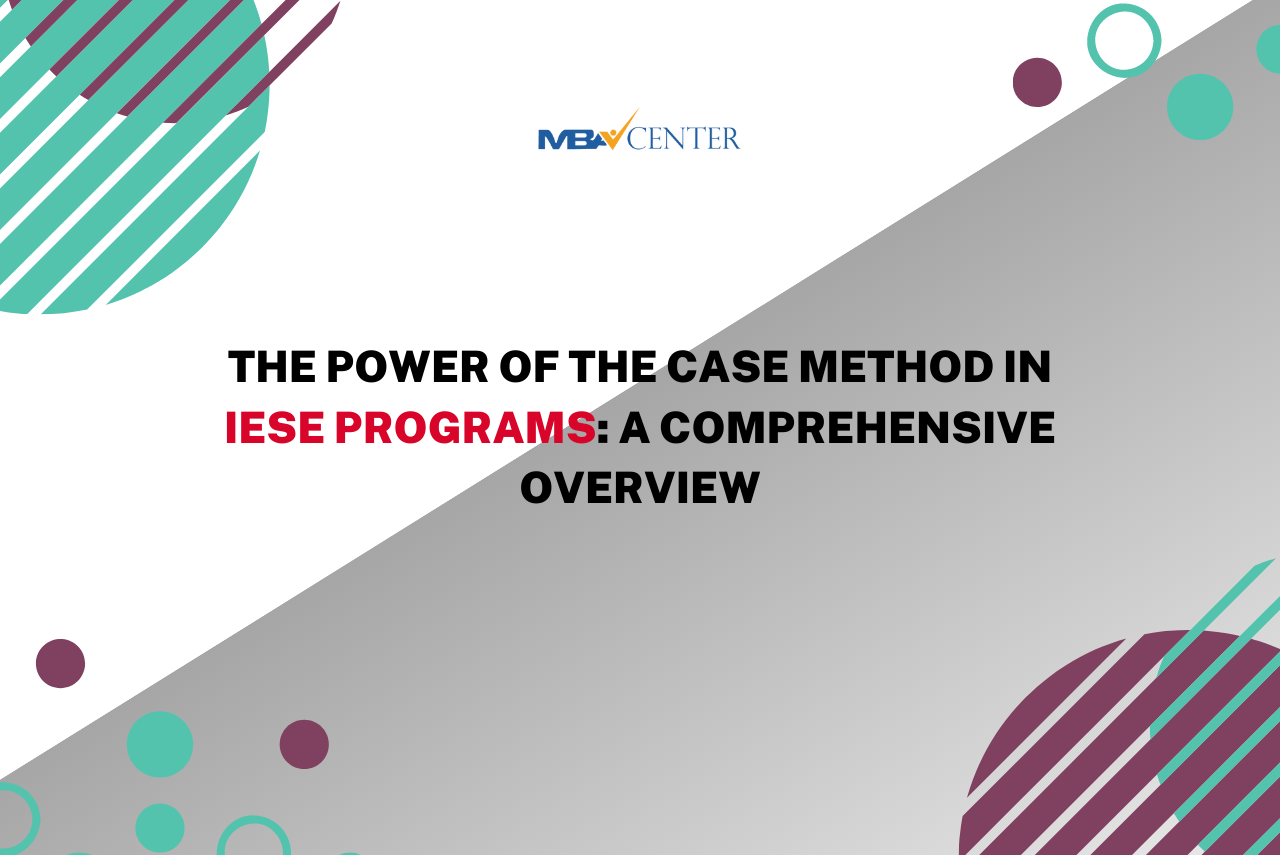
The IESE Business School is a top-ranked global institution that has been at the forefront of management education since its inception in 1958. Among its many strengths, one of the most notable is its unique approach to teaching: the case method. The case method is the principal learning methodology used in IESE programs, and it has been a cornerstone of the school's pedagogical philosophy for over six decades. This article provides a comprehensive overview of the case method, its benefits, and how it is used in IESE programs.
What is the Case Method?
The case method is a participatory and interactive learning approach that involves analyzing real-world business scenarios. In essence, it is a practical application of the Socratic method, where students are encouraged to engage in discussion and debate to explore a specific issue or problem. The case method aims to enhance critical thinking skills, foster teamwork and collaboration, and develop decision-making abilities by exposing students to a range of business challenges and dilemmas.
Benefits of the Case Method
There are several benefits to using the case method in business education. First, it provides a more practical and hands-on learning experience, which helps students develop skills that are relevant to the real world. Second, the case method encourages active learning, where students take ownership of their education and are more engaged in the learning process. Third, it fosters critical thinking skills, where students are challenged to think deeply about complex issues and develop sound solutions. Fourth, the case method promotes teamwork and collaboration, where students learn to work effectively with others to solve problems.
How is the Case Method Used in IESE Programs?
At IESE, the case method is used extensively in all its programs, from MBA to Executive Education. IESE's case method involves three main steps: preparation, classroom discussion, and reflection. In the preparation phase, students are given a case study to read and analyze. They are expected to identify key issues, evaluate alternatives, and formulate recommendations. In the classroom discussion phase, students come together in a small group setting to share their analysis, discuss alternative solutions, and defend their recommendations. In the reflection phase, students are encouraged to reflect on their learning and evaluate the effectiveness of their approach.
Conclusion
The case method is a powerful and effective learning approach that has been a central feature of IESE's pedagogical philosophy for over six decades. It offers many benefits, including practical application, active learning, critical thinking, and teamwork. IESE's case method is designed to create an engaging and dynamic learning environment that encourages students to explore complex issues and develop sound solutions. As a result, IESE graduates are well-prepared to tackle the challenges of the real world, making them highly sought after by employers around the world.
Also read: Understanding the Diversity of Climate Finance Solutions for a Sustainable Green Transition
 MBA Center Global
MBA Center Global 
























